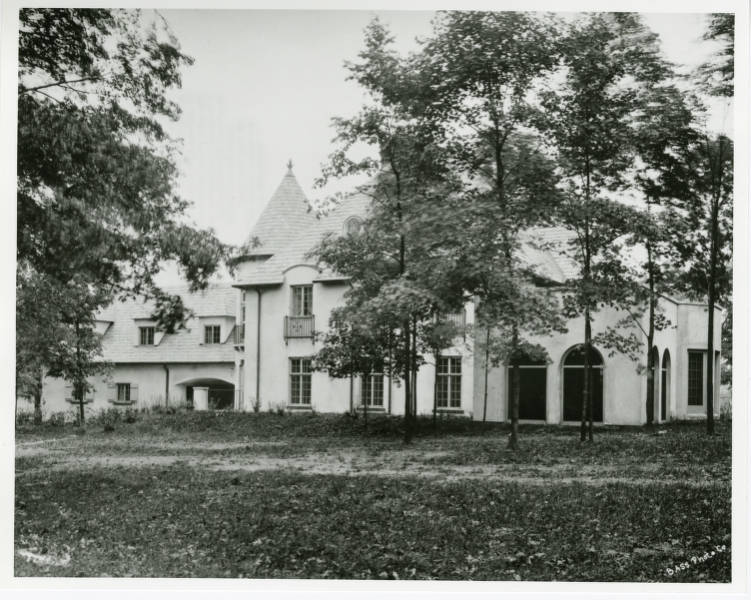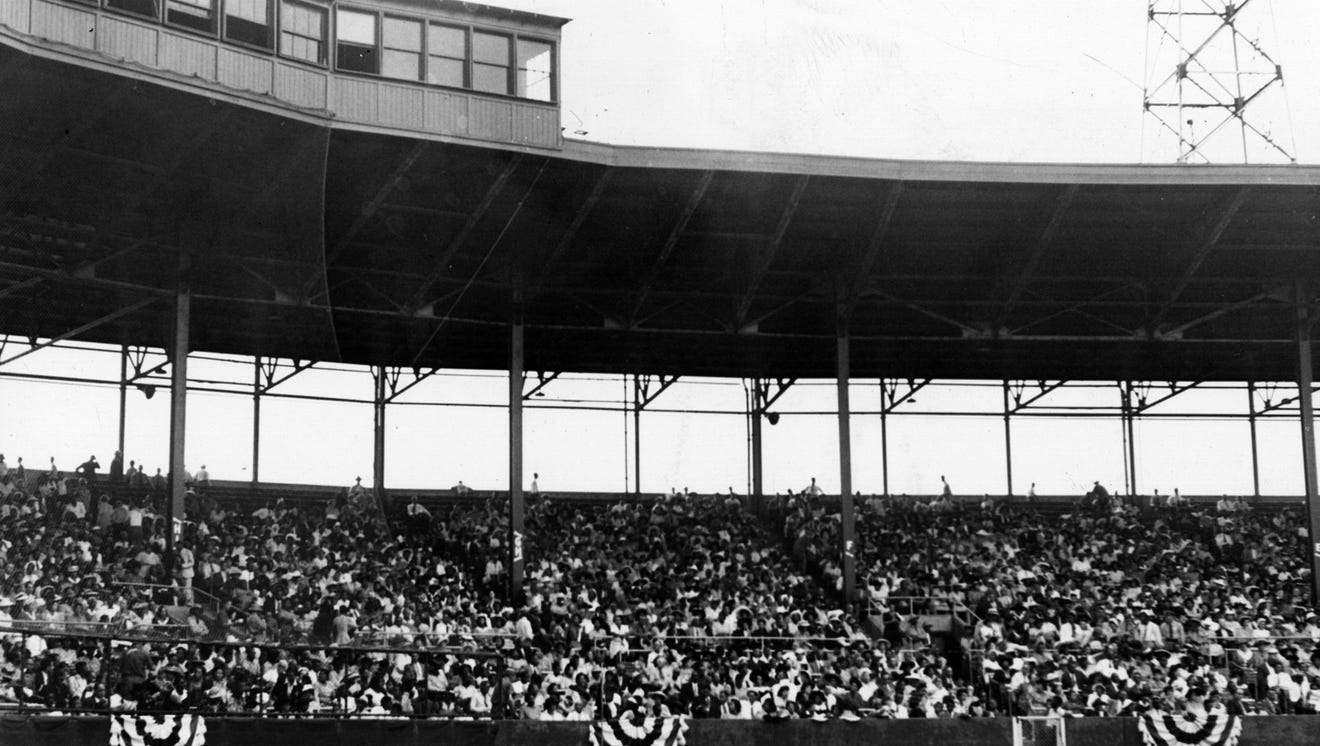The partnership of Edward Dienhart Pierre and George Caleb Wright was one of the most architecturally important collaborations in Indianapolis during the first half of the 20th century. The design contributions of the pair to Indiana, particularly to Indianapolis, are important because of the wide variety of architectural styles in which they worked, such as Tudor and French Eclectic revival styles as well as Art Deco, and the high quality of construction.

Both men were young professionals when they relocated to Indianapolis, and each had a significant impact on the growth and development of the capital during the next five decades. Pierre, a native of Fort Wayne, Indiana, moved to Indianapolis in 1919 and soon opened an architecture office. Wright, born in Libertyville, Illinois, worked for a Chicago architectural firm before settling in Indianapolis in 1923.
The merging of their talents and energies in 1925 resulted in a series of substantial commissions during the late 1920s that allowed them to take leadership roles in the Indianapolis construction community. The commission that made their reputation was the 1925 Indianapolis News Ideal House Project at Williams Creek Estates, which featured five large houses designed in distinct revival styles (see ). This project exposed the firm to the clientele who would use their services for the coming two decades.
Pierre handled the clients and the design process, while Wright oversaw business operations and dealt with engineering matters. To promote the firm, Pierre and Wright entered various design competitions, including the George Rogers Clark Memorial (1930), Milo Stuart Memorial Building (1938), and the (1932). The latter was the most substantial commission Pierre and Wright won, and, supposedly, this was the first time an Indiana architect had won a national competition. The State Library was a model of modern library design and technology and was constructed using mainly Hoosier materials. Other notable Pierre and Wright buildings include Perry Baseball Stadium () and Oxford Gables Apartments.
Pierre and Wright designed numerous commercial structures, including a suburban-style grocery store at 46th Street and College Avenue (1931-1932). Surrounded by parking, it is thought to be the first “drive-in” store in Indiana. The largest commercial structure designed by the firm is the Old Trails Insurance Building (1928), which is located across the street from the Indiana State House and displays exceptional terra cotta with a Native American design motif.

In 1937, President Franklin Roosevelt appointed Wright as the chief architect of the Federal Housing Administration in Indiana. He served in this position until 1940. Both partners had a longstanding interest in low-cost housing and were involved in many efforts to rid cities of areas perceived to be “slums.” The firm was involved with the Purdue Housing Research Foundation and, through the and the Indianapolis Construction League, developed numerous examples of quality, affordable housing.
During World War II, Pierre and Wright helped organize Indiana’s architects to work for the war effort. At this time, the firm worked as Allied Architects and Engineers and obtained commissions for several military airfields and ammunition depots, as well as several public or low-cost housing projects in Indiana cities.
When the partnership of Wright and Pierre dissolved in 1944, Wright joined the firm , where he served as secretary-treasurer and it became known very briefly as Vonnegut and Wright, and then Vonnegut, Wright, and Yeager.
Indianapolis architect Ralph Oscar Yeager stayed with the firm only a short time. By 1955, Alfred John Porteus had joined and the name changed to Vonnegut, Wright and Porteous. When Wright retired in 1961, the name changed again to . At that point, Wright’s son William Caleb Wright, C. Charles Lowe, and Porteous became the principal architects. Wright served as chairman of the first Metropolitan Indianapolis Planning Commission in the 1960s.
Pierre worked independently following the demise of the partnership. He focused primarily on designing residences and small commercial structures. Like Wright, he also was involved in civic affairs and city planning. He initiated the Christmas on celebrations, created a comprehensive parking study in the late 1940s, and a 1953 master plan for downtown development (“The Crossroads of America Plan”).
Pierre also served as chair of the Indiana Beautiful Committee of the Indianapolis Sesquicentennial Commission. He was one of the individuals responsible for promoting “forward-looking community and city planning,” as part of this commemoration and for the U.S. Bicentennial. The Indiana Association of Architects established an award in his name, recognizing members “who have attained significant stature in the profession and who have contributed to its advancement.”
Though the partnership ended in 1944, Pierre and Wright worked throughout their careers to enhance their profession and their community. They believed it was their professional and civic responsibility to be involved with the serious construction and design issues facing a changing city.
Their most obvious contribution in Indianapolis is the many buildings that they designed, but more important is the impact they had on the design and construction professions in Indiana. Examples of their lasting influence include their work with government agencies to develop slum clearance laws and standardized building codes; developing lines of communication among individuals in the construction industry; and advocating issues of urban planning.

Help improve this entry
Contribute information, offer corrections, suggest images.
You can also recommend new entries related to this topic.

